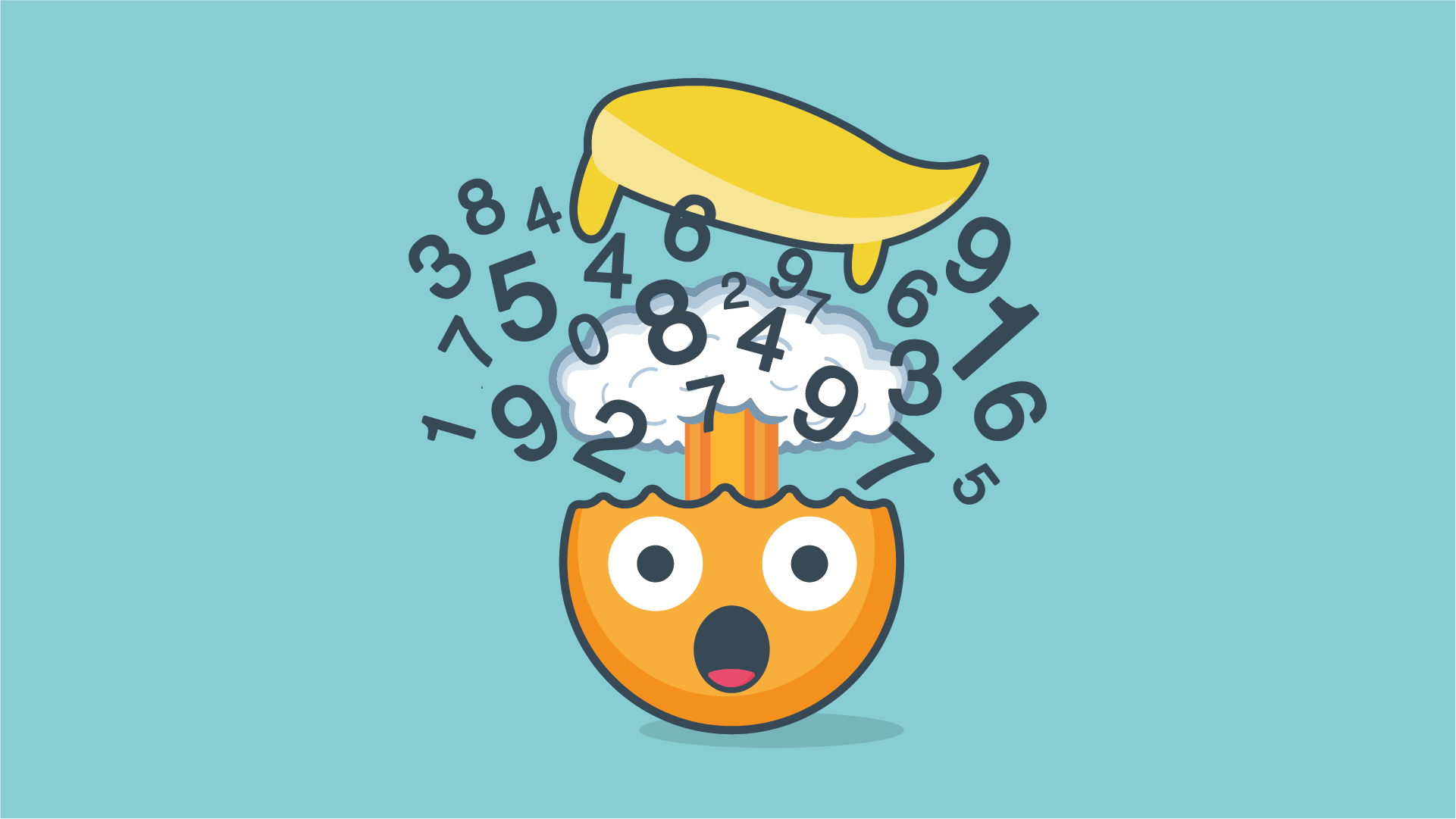Ron Graham liked to entertain people. In his youth he performed in a travelling circus group, delighting audiences with his juggling and acrobatics. Later, when he became a Professor of Mathematics in California, his colleagues would come to his office to discuss their work, only for Graham to flip suddenly into a headstand or bounce around on a pogo stick. Graham was a mathematician who obviously loved life. Why, then, did he work on a number that is capable of killing you?
Graham’s Number, as it is known, once appeared in the Guinness Book of World Records as the largest number to appear in a mathematical proof. It isn’t just big, it’s a leviathan, a genuine numerical gargantua that towers above other colossi like a googol or a googolplex. In fact, Graham’s Number is so big, that if you think about it in the wrong way, it will crush your head into a black hole.
Graham came upon this dangerous number when thinking about a problem in Ramsey Theory, a branch of mathematics. Ramsey Theory involves finding order within chaos. For example, the House of Commons is known as a squabbling network of obnoxious politicians, but within that chaos there are pockets of order. There are cliques of agreement, from the Bullingdon boys guffawing over their college hijinks to the trade unionists lamenting the struggles of working men and women.
Of course, Graham had no interest in British politicians. He was more interested in hypercubes, generalisations of a cube in four, five, six or indeed any number of dimensions. He wanted to know how many dimensions you’d need for the cube’s vertices to contain some underlying mathematical order. The details don’t matter – what matters is that Graham found that the number of dimensions had to lie somewhere between six and his new leviathan, Graham’s Number.
To appreciate how big this number really is, choose someone you don’t like very much. I’ll choose
Donald Trump. Donald is going to think about Graham’s Number in his mind’s eye, its decimal representation written out in full, digit by digit. The problem he has is that each digit contains some information, between three and four bits, and there are an awful lot of digits to think about. That is a lot of information.
This might come as a surprise, but information will always add weight. For example, when it is stored on your mobile phone, electrons are trapped onto a memory block where they have a higher energy and weigh more. As Donald thinks about Graham’s Number each new digit adds a few bits of information and a little more weight to his brain. After a while, as more and more digits enter the fray, the temperature of his brain starts to rise. He is in danger of his head exploding but if he can somehow reinforce his skull, he might be able to take on more digits.










